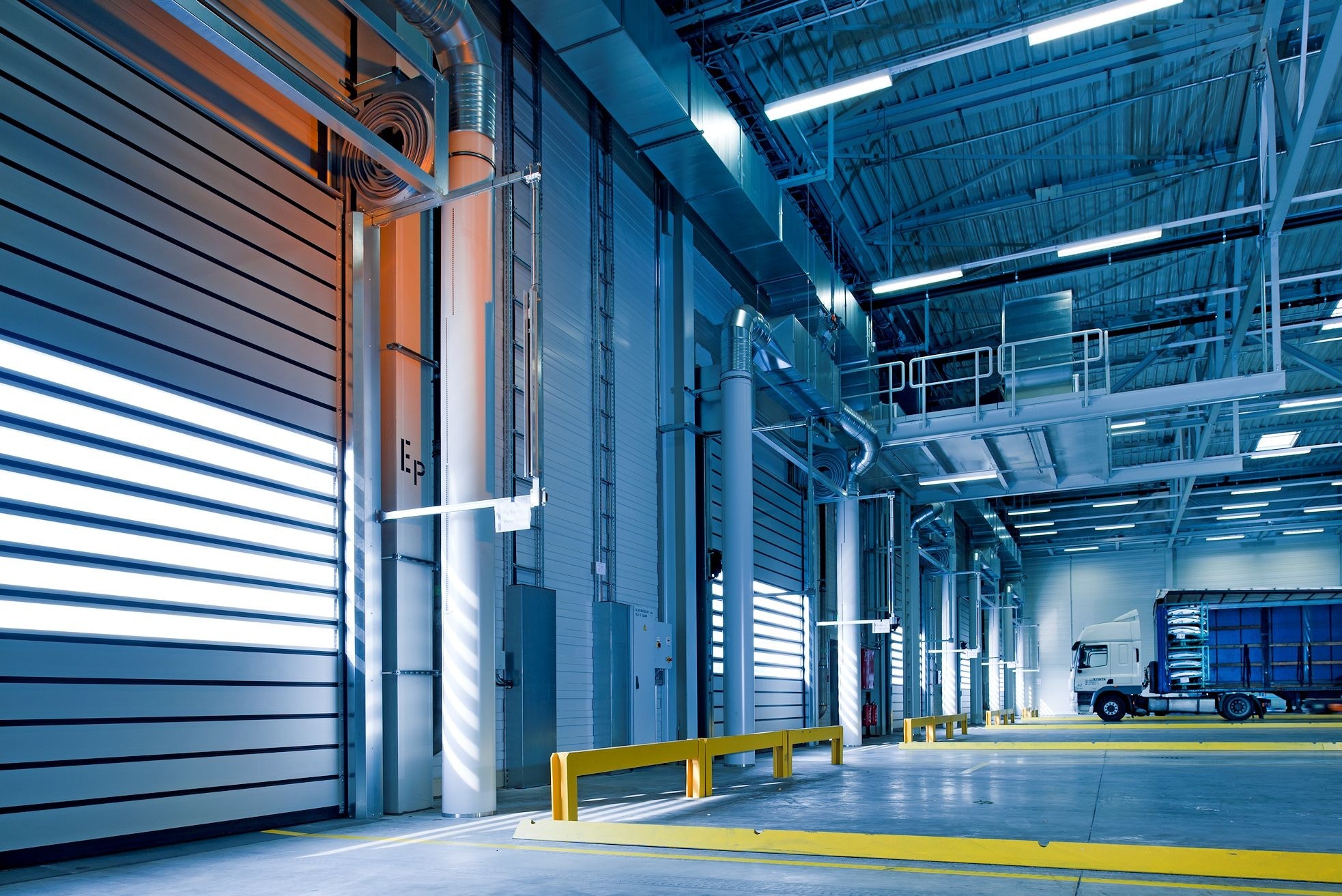What is acoustic foam used for?
July 2018Foam: a simple material, yet dynamic in its design and uses. From mattresses to packaging, and from sound proofing to sound improvement, you’ll likely find…
Read More Established 1932
Established 1932 
It’s hard to imagine that a warehouse will be described as a comfortable place to work. They are usually big constructions with lots of void spaces, even in the most productive warehouses. Money is not really invested in aesthetics, they have high ceilings, usually with a sloping roof with the steel girders visible, have concrete or stone floors, and the most important feature is generally industrial racking or a huge conveyor belt.
These are all hard, reflective surfaces that cause noise to bounce back into the room. This poor sound quality is exacerbated by fork lift trucks, moving equipment, stock selectors, packing machines, and any other equipment involved in operations. The noise can interfere with production and cost your company money, and importantly noise pollution impacts on the health and safety of your employees.
According to the Health and Safety Executive (HAS), more than 1 million British employees are exposed to noise levels that are a risk to their health. This risk converts to reality with 17,000 workers suffering from deafness, tinnitus (ringing in the ears), or other ear conditions caused by noise.
Exposure to high levels of noise over a sustained length of time can cause:
These factors have a detrimental affect on operations. People might not be able to communicate effectively, things can be misheard or unheard, mistakes can be made, and accidents can happen. These distractions can have cost implications. Employees take time off sick, there may be compensation claims if accidents occur, there may be interruptions in production … all of which cost money.
The problems mentioned above also go further than auditory issues. They can lead to:
All these factors can also cause emotional issues such as a reduced ability to communicate effectively with family and friends, along with being unable to fully enjoy simple things in life like watching TV, going to the cinema, or a show.
In the UK, The Control of Noise at Work Regulations came into force on 6 April 2006. This means that, by law, employers are obliged to reduce risks from exposure to noise to protect the hearing of employees. An effective way to achieve this in a warehouse environment is with acoustic foam.
Acoustic foam sheet is an effective and economical option to provide a safe work environment. The foam, unlike the reflective surfaces of the warehouse construction, absorbs noise so that it doesn’t bounce around the void, lessening the effect of the sound on workers’ ears. It also insulates, thereby keeping the noise within the working space rather than it becoming noise pollution.
Sheets are easily cut to size, easy to fit, and easy to keep clean. It can be applied to walls and rooves/ceilings. It can also be applied to the back of shelving units. Acoustic foam is also generally fire resistant and usually available in various widths, with the thicker widths obviously providing the best noise damping.
By investing in acoustic foam in your warehouse, you increase productivity and profit by decreasing distractions, lessening the number of sick days, and having have happier workers.
Acoustic foam has many applications other than warehouses. It can be used anywhere that noise absorption is required from anywhere like a music studio to a home cinema.
Foam: a simple material, yet dynamic in its design and uses. From mattresses to packaging, and from sound proofing to sound improvement, you’ll likely find…
Read MoreWhen fitting out a business facility, flooring is an important aspect. It isn’t enough to just focus on the aesthetic. Obviously, the look is important…
Read More










